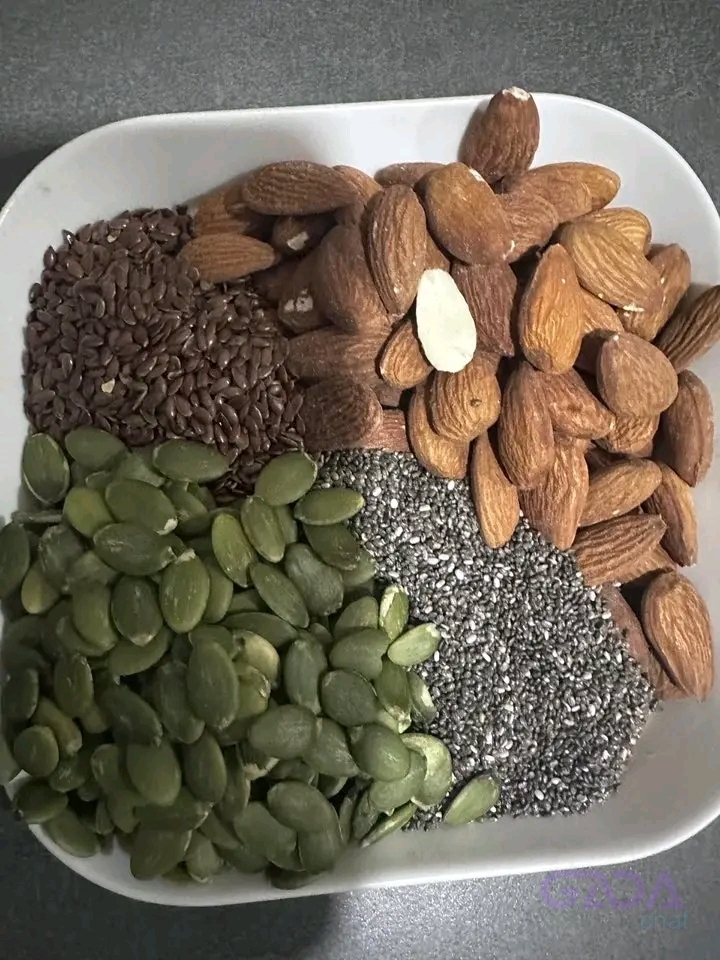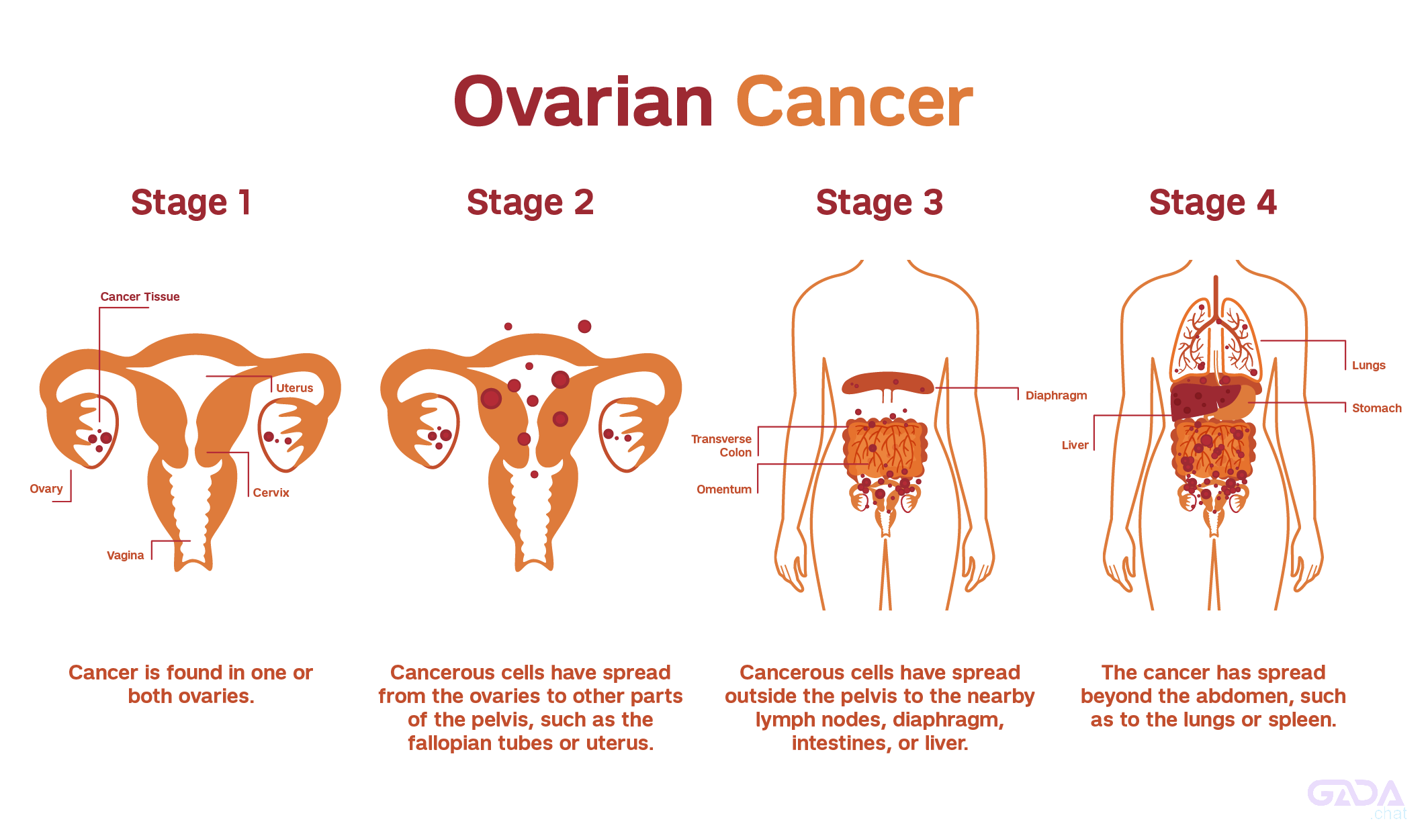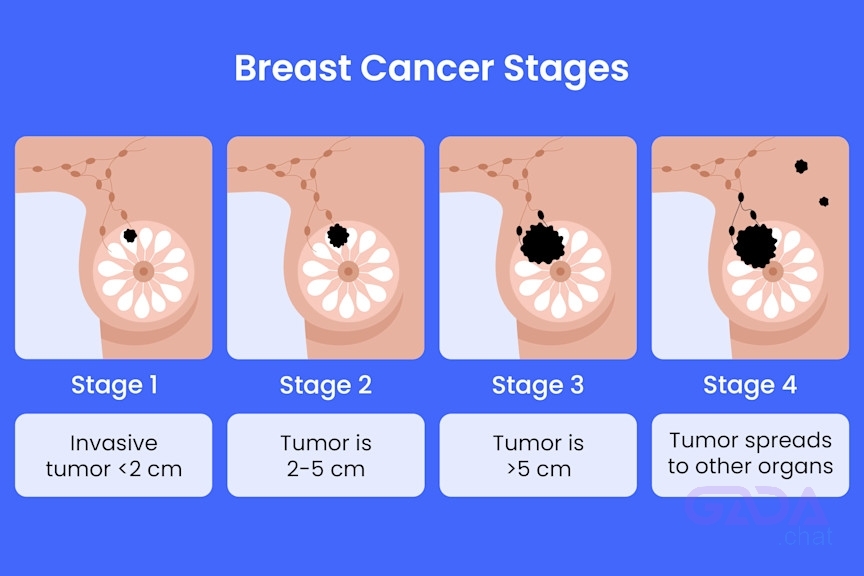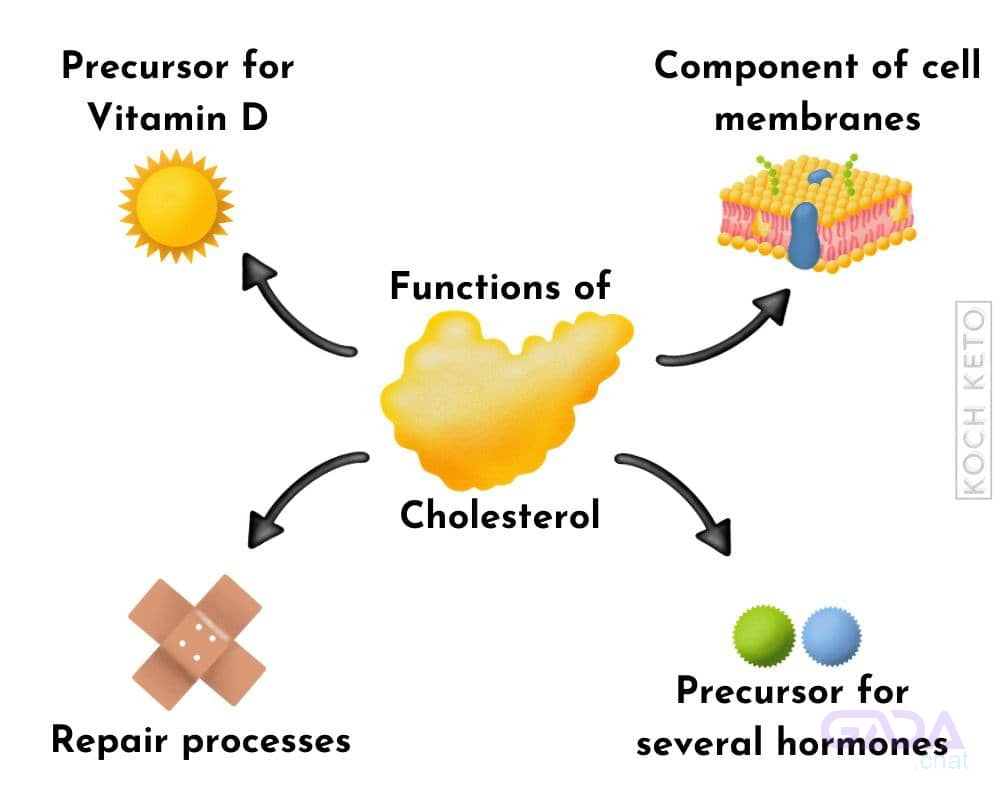I saw a lot of mumies still awake last night even T 11 and 12 midnight …..
Not sleeping well (sleep deprivation) can make it harder to get pregnant because:
1. It affects your hormones – your body needs good sleep to balance fertility hormones like estrogen and progesterone.
2. It can stop ovulation – poor sleep can confuse your cycle and delay or stop egg release.
3. It causes stress – and stress can reduce your chances of getting pregnant.
4. It weakens the immune system – which can affect how your body supports pregnancy.
5. It may reduce egg quality – sleep helps your body repair and grow healthy eggs.
So, sleeping 7–8 hours each night can help improve your fertility.
#Sleep #viralreelsシ #fyp #trending #ttc
Not sleeping well (sleep deprivation) can make it harder to get pregnant because:
1. It affects your hormones – your body needs good sleep to balance fertility hormones like estrogen and progesterone.
2. It can stop ovulation – poor sleep can confuse your cycle and delay or stop egg release.
3. It causes stress – and stress can reduce your chances of getting pregnant.
4. It weakens the immune system – which can affect how your body supports pregnancy.
5. It may reduce egg quality – sleep helps your body repair and grow healthy eggs.
So, sleeping 7–8 hours each night can help improve your fertility.
#Sleep #viralreelsシ #fyp #trending #ttc
I saw a lot of mumies still awake last night even T 11 and 12 midnight …..
Not sleeping well (sleep deprivation) can make it harder to get pregnant because:
1. It affects your hormones – your body needs good sleep to balance fertility hormones like estrogen and progesterone.
2. It can stop ovulation – poor sleep can confuse your cycle and delay or stop egg release.
3. It causes stress – and stress can reduce your chances of getting pregnant.
4. It weakens the immune system – which can affect how your body supports pregnancy.
5. It may reduce egg quality – sleep helps your body repair and grow healthy eggs.
So, sleeping 7–8 hours each night can help improve your fertility.
#Sleep #viralreelsシ #fyp #trending #ttc
0 Comentários
0 Compartilhamentos
115 Visualizações
0 Anterior










